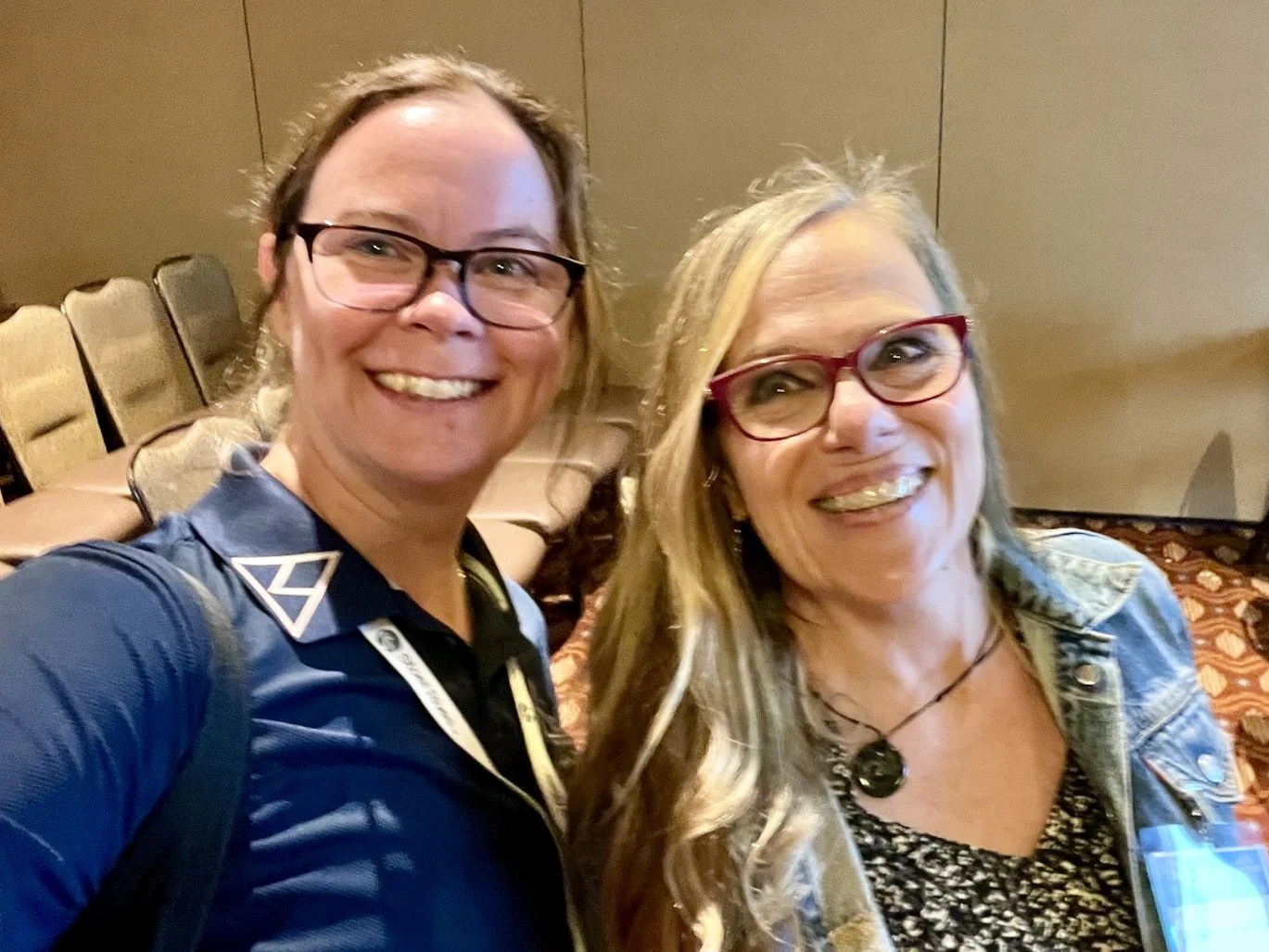Last week I kicked off a 5-part series on what the construction industry has been doing to advance mental health — and what the rest of us can learn from their playbook. Construction is taking a bold, action-oriented approach that goes way beyond “just get the troubled folks to counseling.” They’re driving cultural change that’s holistic, gritty, and unapologetically practical — and the wider mental health community should be leaning in to take note.
Lesson #2: Leaders Are Human and Need Support Too
The Lesson #1 newsletter taught us that culture doesn’t shift unless leadership shows up. Part 2 brings us to the next big aha: leaders can’t show up if they’re running on fumes.
Here’s the truth nobody tells you when you get promoted: along with the fancy title comes a second, invisible job description — “Chief Emotional Sponge.” Managers, HR pros, and safety leads often absorb the emotional weight of the entire workforce.
They’re supposed to be calm in the storm, clear in the chaos, and—let’s be real—answer 472 emails before lunch. No wonder so many leaders privately think: “My give-a-crap motor is shot.”
That’s why so many construction organizations are now asking us to go beyond “basic community helper” trainings and give their leaders advanced skills:
How to build psychological safety on teams so people (including leaders) actually speak up before things get dire.
How to address performance issues in themselves and others when mental health challenges are hiding underneath.
How to respond to mental health emergencies with confidence, compassion, and clear next steps.
And here’s the kicker: leaders aren’t just culture shapers — they’re humans, too. Burnout at the top is a liability for the whole system. Construction is showing us that the answer isn’t necessarily more counseling resources or mental health awareness webinars. It’s rest, recovery, and work-life integration baked right into leadership culture.
What can other industries learn here? Leaders can’t model care if they’re crumbling. They can’t build trust if they’re buried under burnout. And they can’t inspire psychological safety if they don’t feel safe themselves.
Construction is teaching us to flip the script: don’t just expect leaders to hold everyone else — build systems that hold them. That’s how culture change sticks.
“The HR Dilemma: Setting Boundaries While Supporting Others”
With Christi Pilutik
Takeaway: HR professionals are often asked to be grief counselors, crisis responders, and magic-fixers — all before their morning coffee. It’s time we stop romanticizing overwork and start systematizing support.
Bottom line: Leaders are not robots. They’re people with mortgages, migraines, and the occasional existential crisis. Construction is proving that when leaders are supported as whole individuals, they can build cultures where everyone has a chance to thrive.
Stay tuned for Lesson #3 in this series: how construction is baking mental health into their overall health and safety priorities.
Warmly,
Sally
P.S. Join us at the 5th Annual Construction Mental Health & Wellbeing Conference, which isn’t just for builders — it’s for anyone building hope in mental health, suicide prevention, addiction recovery, or overdose prevention. We need you there.



